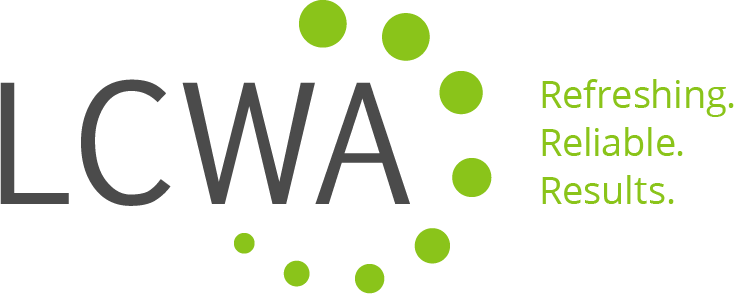 As I mentioned in my post on Friday, Facebook recently announced several changes for “pages,” which take effect on March 10. In addition to revisions to the page aesthetics and functionality – Facebook also created additional opportunities for organizations to interact with their fan base. These are my favorite new features, and ones I feel will really help to further social media interaction.
As I mentioned in my post on Friday, Facebook recently announced several changes for “pages,” which take effect on March 10. In addition to revisions to the page aesthetics and functionality – Facebook also created additional opportunities for organizations to interact with their fan base. These are my favorite new features, and ones I feel will really help to further social media interaction.
Here’s what you can do with the new page interaction features:
- Interact as a person does on Facebook. Now we can comment on other pages as a brand or business instead of a personal profile. In addition, administrators have the option to interact on their pages as people, instead of defaulting to the page name – so like and comment if appropriate! Just remember to change it back to the default when acting as the administrator. If you wish to enable this function, click on “edit page” below the profile picture, and click on the top “your settings.” Uncheck the box that says “posting preferences” if you want to interact on the page as yourself. This new opportunity for interaction does come with a responsibility to remain transparent – be sure all administrators understand the importance of identifying any personal affiliations to the brand when commenting (e.g. when commenting say “I work with Brand, and I can tell you…”).
- Receive e-mail notifications when new posts appear on the page. Rather than keeping a full-time eye monitoring each page, e-mail notifications alert PR professionals where we’re looking most of the time – our inbox. The e-mail notifications will go to all administrators on the page so it’s important to have a communication plan in place so everyone knows the appropriate course of response. If you’d like to turn off the e-mail alerts for your account, click on “edit page” below the profile picture, and click on the top “your settings.” Uncheck the box that says “e-mail notifications” if you do not wish to receive alerts. I recommend keeping them on to monitor page activity.
- Access additional page “insights.” Learn more about your fans and how they are using each page than ever before. The breakdowns now outline how many are accessing each tab, external referrers and where the visitors are spending most of their time on your page, as well as other downloadable stats. These new insights provide even more support for the all-important ROI we are responsible for reporting – so use them liberally.
- Moderate the community. Also new to Facebook is “keyword moderation” where administrators can add blacklisted keywords and automatically make those posts or comments “spam.” Also, new “profanity block lists” will block the most commonly reported words and phrases marked as offensive – filters include medium or strong. Now, in addition to including the “no profanity” rule in the community guidelines, we have an opportunity to automatically enforce it with the new filters.
As with every new round of Facebook updates, some are very happy about the changes and others are extremely upset. I say embrace change and use this opportunity to show off your social media expertise and help your clients better understand how to integrate social media into their communication plan. Good luck!
